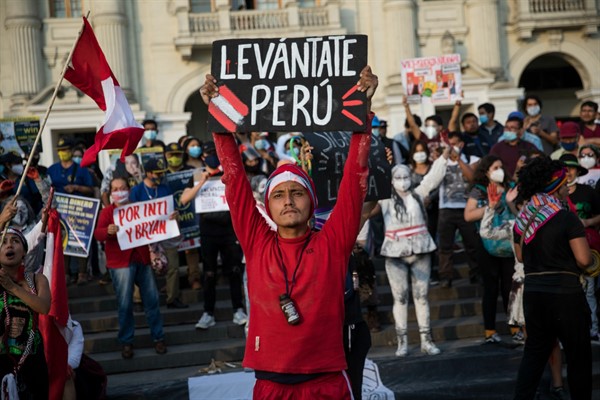LIMA, Peru—If there was ever a moment when this Andean nation could have used the soothing influence of a wise and binding decision from its Constitutional Court, it was this month, with regard to the legality of the shock ouster of President Martin Vizcarra. The popular, corruption-busting leader’s abrupt removal on Nov. 9 by a scandal-wracked Congress that most Peruvians regard with contempt convulsed the country. The subsequent wave of vibrant and largely peaceful national protests were unlike anything seen here since the fall of the authoritarian regime of Alberto Fujimori two decades ago.
One poll taken a few days after what critics described as a “congressional coup” showed 91 percent of Peruvians opposed to Vizcarra’s ouster, while 37 percent stated they had protested it in some form. Most wanted a serious and impartial investigation of the unproven corruption accusations that lawmakers had leveled against the centrist ex-president.
The groundswell of public support so rattled the new, deeply conservative government led by Manuel Merino, the speaker of Congress who initially assumed the presidency after Vizcarra’s departure, that it responded with violence. According to Amnesty International, police used live ammunition in downtown Lima, killing two people and injuring dozens of others in a failed attempt to quell the demonstrations.

